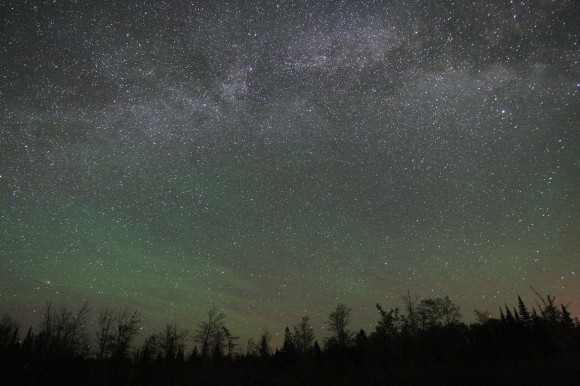Why does sunset light spread horizontally over the horizon, instead of being radially spread around the solar disk?
I understand physics about refraction, and wavelength, and gradient difference between blue and red colors. However I don't understand that shape in the picture, I don't understand why it is not point symmetrical around the sun.
Here is a picture below. As you may see there is a red circle over the oil rig marked with number 1, and this part is clear. However red color is stretched to the left and to the right following the line 2 like on second picture.
Also if we compare length of line 3 and line 2, line 3 obviously much shorter.
Also atmosphere refraction is not that big, to cause this effect, right?
So why it is happening?




Best Answer
At sunset the sunlight that we can see passes through a large (many hundreds of kilometers) distance inside the atmosphere. As it propagates, part of it gets scattered away due to Rayleigh scattering. The smaller wavelengths are scattered more than the larger ones. This means that what remains is redder than what is emitted by the Sun. This makes the solar disk red.
Now, what you see around the solar disk is the in-scattered light — the light that passed through the atmosphere to some point of scattering, scattered towards the observer, and then passed again through the atmosphere to reach the observer. The act of scattering made the light bluer, but the two passes through the atmosphere scattered away a larger portion of blue, which resulted in overall reddening of the sky. Here we have two competing effects: out-scattering proportional to $\lambda^{-4}$ and extinction proportional to $\exp(-\ell/\ell_0)$ where $\ell$ is distance travelled. The exponential has larger effect than the constant $\lambda^{-4}$ when $\ell$ is large.
This happens over all the horizon at the azimuths towards the Sun $\pm90°$, as well as a bit above the horizon at the opposite azimuths. At higher elevations above the horizon the atmosphere passed is not as dense, so another effect dominates, leading to blue color.